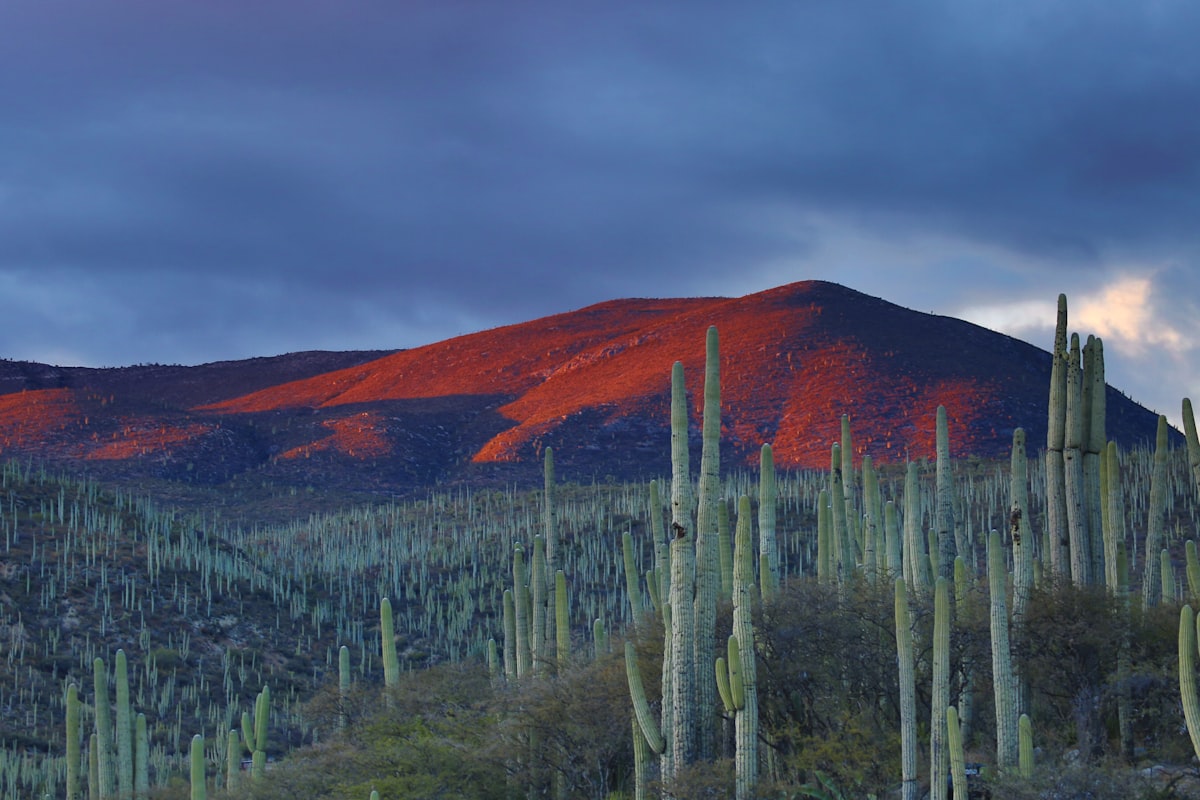Geology: strategic capital on the state's agenda
Geologist's Day in Mexico, January 6, was established in the 20th century to celebrate those who carried out work related to the study of the Earth. The country's requirements demand a greater number of professionals in this discipline.

According to the National Association of Universities and Institutions of Higher Education, there are 13 institutions in Mexico from which approximately 700 professionals graduate each year with degrees of Geologist, Geological Engineer, Geosciences Engineer, Geological Mineralogist Engineer and Environmental Geologist Engineer. However, this number is small considering the size of the national territory, the wealth it contains, and the fact that this profession is considered strategic capital for the country's development, says Lucero Morelos Ramírez, an expert from UNAM's Institute of Geology.
The first experts in the field were naturalists and mining engineers interested in the study of the Earth and, since then, their work has been considered fundamental, said the historian. On the occasion of the Geologist's Day in Mexico, she points out that nowadays there are professions that attract more attention from young people, so one of the main challenges facing this science is to increase enrollment in the national territory.
Morelos Ramírez points out: "We are talking about more or less 700 geological engineers graduating every year, as a whole. For the dimensions of our country, they are insufficient given that there is still a lot to be explored, not only on the surface but also in the subsoil. Due to the implications of the soil, as contaminated as it is now, important environmental and planetary geology working groups have been formed that have made great discoveries, but we need to encourage more vocation for this science in our country, given the natural, mineral and geological wealth we have".
UNAM's Institute of Geology works in the dissemination and diffusion of knowledge generated in the different areas covered by its experts, through conferences, lectures, visits to museums, or projects such as TerraMóvil, which consists of visits to schools to encourage children and young people to study the planet. The researcher considers as an incentive that there is an increasing balance in the participation of women in this area since they comprise 50 percent of the student population and, recently, their presence was evident when the Mexican Geological Society, the oldest of its kind, had Elena Centeno García as president.
The celebration of the Geologist's Day, recalls Morelos Ramírez, is one of the oldest in the country since it began at the beginning of the 20th century, specifically in 1904, to celebrate mining engineers and naturalists who worked in petrology, paleontology, seismology, volcanology, crystallography, speleology, and all those tasks related to the study of the Earth in the 19th century.
The researcher emphasizes: "What they did was the study of the soil, rocks, mountains, earthquakes and what they are looking for with the establishment of the ephemeris is, precisely, to give identity and memory to the long scientific tradition of which they were already heirs". The promoters of this commemoration were José Guadalupe Aguilera, Ezequiel Ordóñez, Rafael Aguilar y Santillán, Teodoro Flores and Ramiro Robles, among others, who chose January 6 to evoke the foundation of the National Geological Institute, created in 1888.
At the same time, these pioneers founded the Mexican Geological Society to share their scientific work with society. In Mexico, this profession began in the 20th century with the creation of Geological Engineering in 1932, at the National School of Engineers of the National University; before that, it was naturalists and mining engineers who made Geology their job.
"Geology, since it was born in the 19th century, has been considered part of the State's agenda as a strategic knowledge, because it was necessary to know, evaluate and exploit the riches contained in the Earth and the subsoil. Since its origins, it has been a highly important profession for the economy of countries, particularly Mexico, which has a long-standing mining lineage," adds Morelos Ramírez.
The celebration is also related to the Institute of Geology of the UNAM, since its current logo or coat of arms is a modern version of the one proposed in 1904 by the creators of the ephemeris, and to this, we can add that the Museum of Geology -in Santa María la Ribera- was the first headquarters of the Mexican Geological Society.




